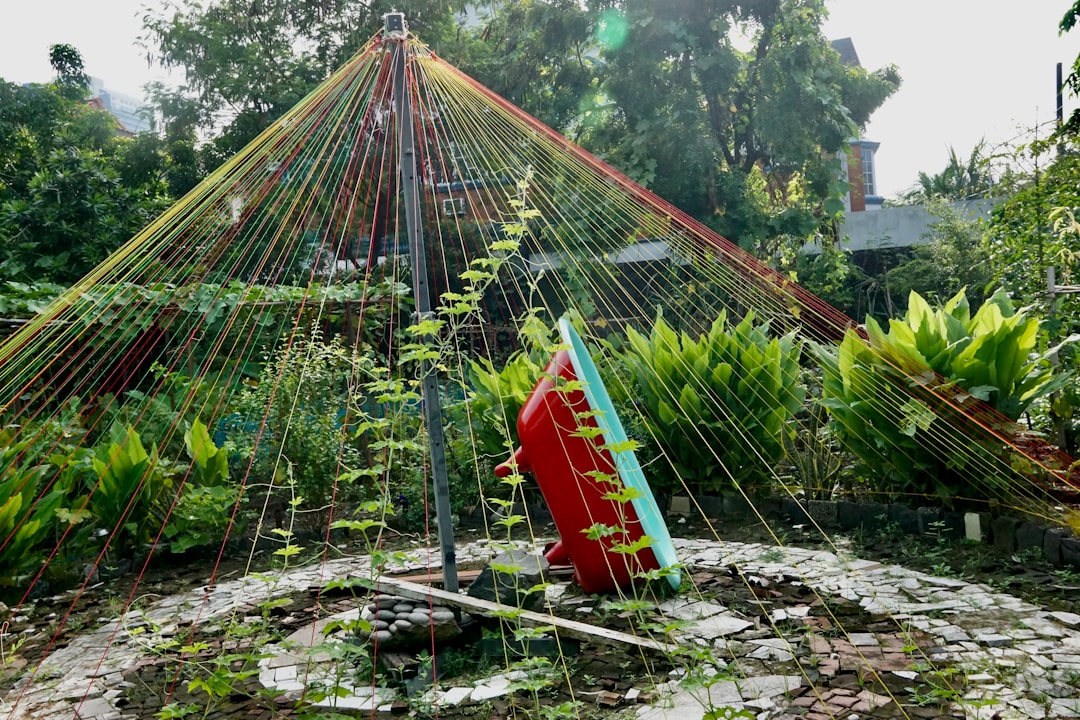Permaculture isn’t just for large-scale farms—it’s a powerful design philosophy that can transform your home garden into a thriving, sustainable ecosystem. By observing natural patterns and embracing nature’s wisdom, you can create a garden that is both abundant and resilient, providing food, beauty, and environmental benefits right at your doorstep.
Embracing the Permaculture Mindset
At its core, permaculture is about working with nature rather than against it. This holistic approach emphasizes:
-
Observation: Understand the natural patterns of your garden—sunlight, wind, water flow, and soil characteristics.
-
Interconnection: Recognize how each element in your garden can support others. A well-planned garden creates mutually beneficial relationships between plants, animals, and the landscape.
-
Sustainability: Design with longevity in mind. The goal is to establish systems that require minimal external inputs and adapt gracefully to changing conditions.
Designing Your Permaculture Garden
1. Plan with Zones and Sectors
Organize your garden into zones based on how frequently you use them:
-
Zone 0: Your home—where you spend most of your time.
-
Zone 1: Areas requiring daily attention, such as kitchen herbs, salad greens, and vegetables.
-
Zone 2: Less-managed spaces like fruit trees, berry patches, or perennial vegetables.
Consider external factors such as sunlight, wind, and water flow (sectors) to strategically place elements that maximize efficiency. For example, place water-loving plants near rainwater collection points or use windbreaks to protect sensitive crops.
2. Build and Regenerate Healthy Soil
Healthy soil is the foundation of a vibrant garden. To build and regenerate your soil:
-
Compost Regularly: Recycle kitchen scraps and garden waste into nutrient-rich compost.
-
Mulch Generously: Use organic mulches like straw, leaves, or wood chips to retain moisture, suppress weeds, and improve soil structure.
-
Practice No-Till Gardening: Minimize soil disturbance to maintain its natural microbial balance and structure.
3. Diversify for Resilience and Abundance
Biodiversity is a key principle in permaculture:
-
Polyculture Over Monoculture: Plant a mix of vegetables, fruits, herbs, and flowers. Diverse species attract beneficial insects, reduce pest outbreaks, and create a balanced ecosystem.
-
Companion Planting: Grow plants together that benefit one another. For example, basil can enhance the flavor of tomatoes and repel certain pests.
-
Perennial Plants: Incorporate perennials that require less maintenance, provide year-round cover, and build soil health over time.
4. Incorporate Water Management Techniques
Efficient water use is vital for a resilient garden:
-
Rainwater Harvesting: Install rain barrels or cisterns to capture and store rainwater for irrigation.
-
Swales and Contour Planting: Design your garden to capture runoff and direct water to where it’s needed most, reducing erosion and maintaining moisture in dry periods.
-
Drip Irrigation: Utilize targeted watering systems that minimize water waste and deliver moisture directly to plant roots.
5. Create Microclimates and Enhance Biodiversity
Design your garden to take advantage of microclimates:
-
Use Structures Wisely: Position fences, trellises, or garden walls to create sheltered microclimates that protect sensitive plants from harsh winds or temperature extremes.
-
Integrate Wildlife: Encourage beneficial insects and birds by providing habitats such as insect hotels, bird feeders, or a small pond. These natural allies help control pests and pollinate your garden.
Real-Life Success: A Home Garden Transformation
Imagine a modest backyard transformed into a lush, interconnected ecosystem. In one corner, a raised bed brimming with salad greens, tomatoes, and basil thrives under the warm sun, supported by a nearby rainwater collection system. Fruit trees in another area are interplanted with nitrogen-fixing shrubs and flowering perennials that attract pollinators. Between these productive zones, a wildflower meadow teems with native species, offering habitat for beneficial insects and creating a vibrant, dynamic space that changes with the seasons.
This is the promise of permaculture—a garden that is not only beautiful and bountiful but also resilient in the face of weather extremes and environmental challenges.
Conclusion
Permaculture for home gardens is a journey of observation, experimentation, and adaptation. By integrating practices like zone planning, soil regeneration, biodiversity enhancement, and efficient water management, you can create an ecosystem that mirrors nature’s own resilience and abundance. Whether you have a sprawling backyard or a small urban space, applying permaculture principles transforms your garden into a living, evolving system that nourishes both the body and the planet.
Embrace these principles and take your first steps towards a garden that not only feeds you but also contributes to a healthier, more sustainable world.

Comments
No comments yet. Be the first to comment!
You must be logged in to comment. Login